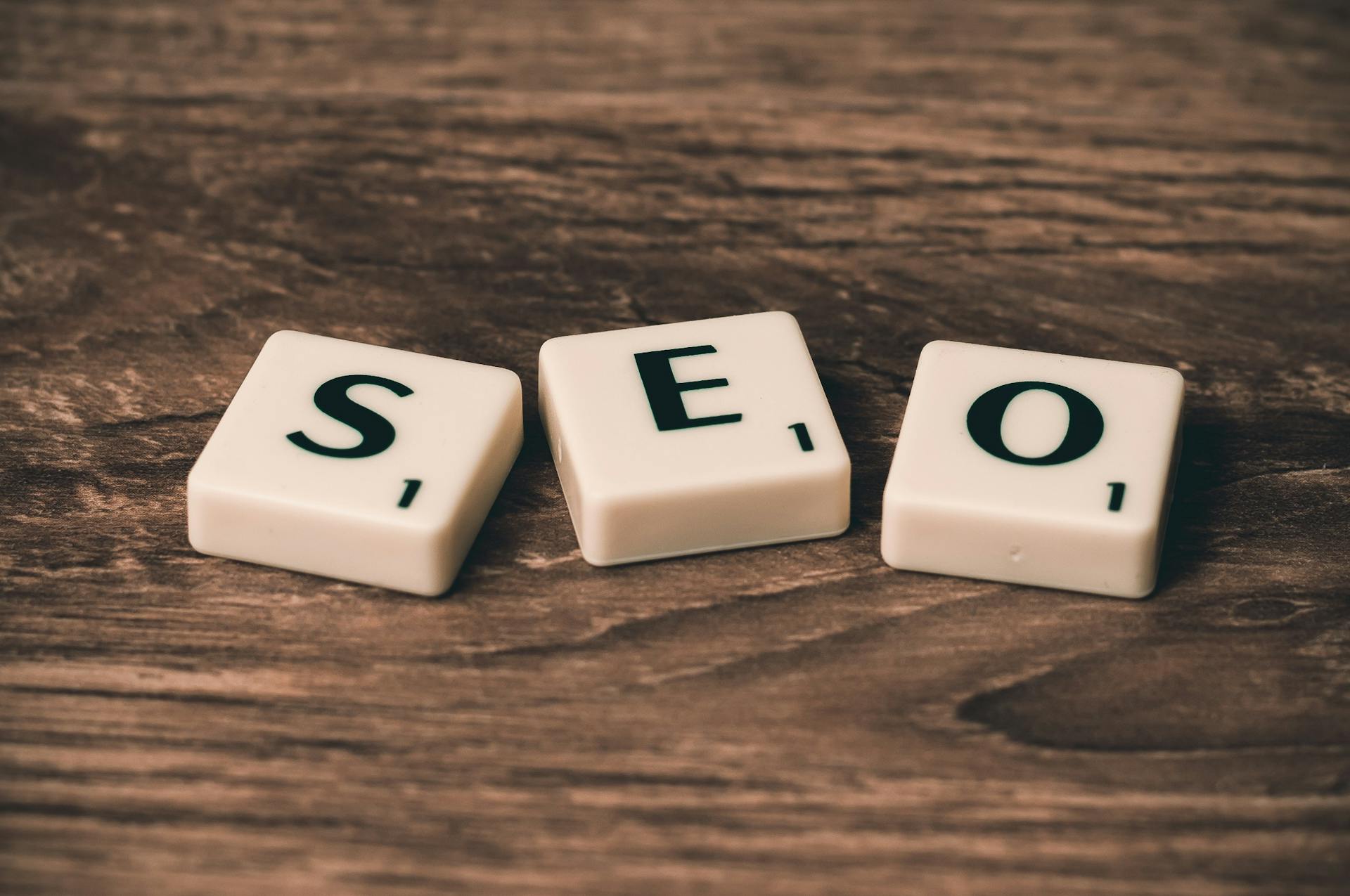Are you managing an image-heavy website and struggling to drive traffic to your visually appealing content? Do you want to optimize your image-heavy website for search engines and improve its visibility? Mastering SEO techniques tailored for websites rich in visuals can be the key to attracting more visitors and boosting your online presence. Let’s delve into the world of SEO for image-heavy websites and uncover the strategies that will help your visual content shine in search engine results.
In the digital age, an increasing number of websites rely heavily on images to captivate audiences and convey their messages effectively. From e-commerce platforms showcasing products to photography blogs displaying stunning visuals, the use of images is pervasive across the web. However, while striking visuals can enhance user experience, they can also present challenges when it comes to search engine optimization (SEO). Image-heavy websites often face hurdles in achieving high rankings on search engine results pages (SERPs) due to their reliance on images rather than text. In this comprehensive guide, we will explore the intricacies of SEO for image-heavy websites and equip you with the tools and knowledge to optimize your visual content for improved visibility and discoverability.
The Importance of SEO for Image-Heavy Websites
Images play a crucial role in engaging visitors and conveying information, but without proper optimization, search engines may struggle to interpret and rank this content. Understanding the significance of SEO for image-heavy websites is essential for maximizing the impact of your visuals. By optimizing your images for search engines, you can enhance your website’s visibility, attract targeted traffic, and ultimately improve your overall SEO performance.
Image Optimization Techniques:
Optimizing images for search engines involves more than just adding alt text or titles. To ensure that your visual content is fully optimized for SEO purposes, you need to consider a range of factors, including file names, image size, captions, and metadata. By incorporating relevant keywords, descriptions, and tags into your image attributes, you can improve the chances of your images being indexed and ranked accurately by search engines. Additionally, optimizing image loading speed and mobile responsiveness are crucial aspects to consider for enhancing user experience and SEO performance.
Enhancing User Experience with Visual Content:
While SEO is essential for driving traffic to your website, providing a seamless user experience is equally important for retaining visitors and encouraging engagement. Image-heavy websites should focus on creating visually appealing and user-friendly designs that prioritize easy navigation, quick loading times, and mobile responsiveness. By striking a balance between aesthetic appeal and functional design, you can ensure that your visual content enhances the overall user experience and encourages visitors to explore your website further.
Leveraging Image Sitemaps and Structured Data Markup
Incorporating image sitemaps and structured data markup into your website can significantly improve the visibility of your visual content in search results. Image sitemaps provide search engines with specific information about the images on your site, helping them understand the context and relevance of each image. Likewise, structured data markup enables search engines to display rich snippets, such as image thumbnails or descriptions, in search results, enhancing the visibility and appeal of your visual content to users.
Conclusion
In conclusion, mastering SEO for image-heavy websites is crucial for enhancing the visibility, user experience, and overall performance of your visual content online. By implementing effective image optimization techniques, prioritizing user experience, and utilizing image sitemaps and structured data markup, you can propel your image-heavy website to new heights in search engine rankings and attract a broader audience. Remember that a harmonious blend of captivating visuals and robust SEO practices is the recipe for success in the digital landscape, allowing your visual content to shine and resonate with audiences worldwide.
Frequently Asked Questions
1. Why is SEO important for image-heavy websites?
Answer: SEO is crucial for image-heavy websites as it helps improve visibility, attract targeted traffic, and enhance overall performance in search engine rankings.
2. What are some key image optimization techniques for SEO?
Answer: Image optimization techniques include using relevant file names, adding descriptive alt text and titles, optimizing image size and quality, and incorporating metadata such as keywords and tags.
3. How can image sitemaps benefit image-heavy websites?
Answer: Image sitemaps provide search engines with specific information about the images on your site, helping improve indexing and visibility in search results.
4. What role does user experience play in optimizing visual content?
Answer: User experience is essential for retaining visitors and encouraging engagement on image-heavy websites, emphasizing the importance of creating visually appealing and user-friendly designs.
5. How can structured data markup enhance the visibility of visual content?
Answer: Structured data markup enables search engines to display rich snippets in search results, showcasing details such as image thumbnails or descriptions to enhance the visibility and appeal of visual content.
6. Are there specific considerations for optimizing image loading speed on image-heavy websites?
Answer: Optimizing image loading speed is crucial on image-heavy websites to ensure quick loading times, enhance user experience, and improve SEO performance.
7. How can mobile responsiveness impact the SEO of image-heavy websites?
Answer: Mobile responsiveness plays a crucial role in SEO for image-heavy websites, as it ensures that visual content displays correctly on mobile devices, reaching a broader audience and enhancing user experience.
8. What are common challenges faced by image-heavy websites in terms of SEO?
Answer: Some common challenges include inadequate image optimization, slow loading times, poor user experience, and difficulties in indexing and ranking visual content by search engines.
9. How can using relevant keywords in image attributes enhance SEO performance?
Answer: Incorporating relevant keywords in image attributes such as alt text, titles, file names, and descriptions can improve the indexing, ranking, and visibility of visual content in search engine results.
10. What are some best practices for balancing aesthetic appeal and SEO optimization on image-heavy websites?
Answer: Best practices include using high-quality images, optimizing for image SEO, prioritizing user experience, ensuring quick loading times, and utilizing image sitemaps and structured data markup to enhance visibility and engagement with visual content.



